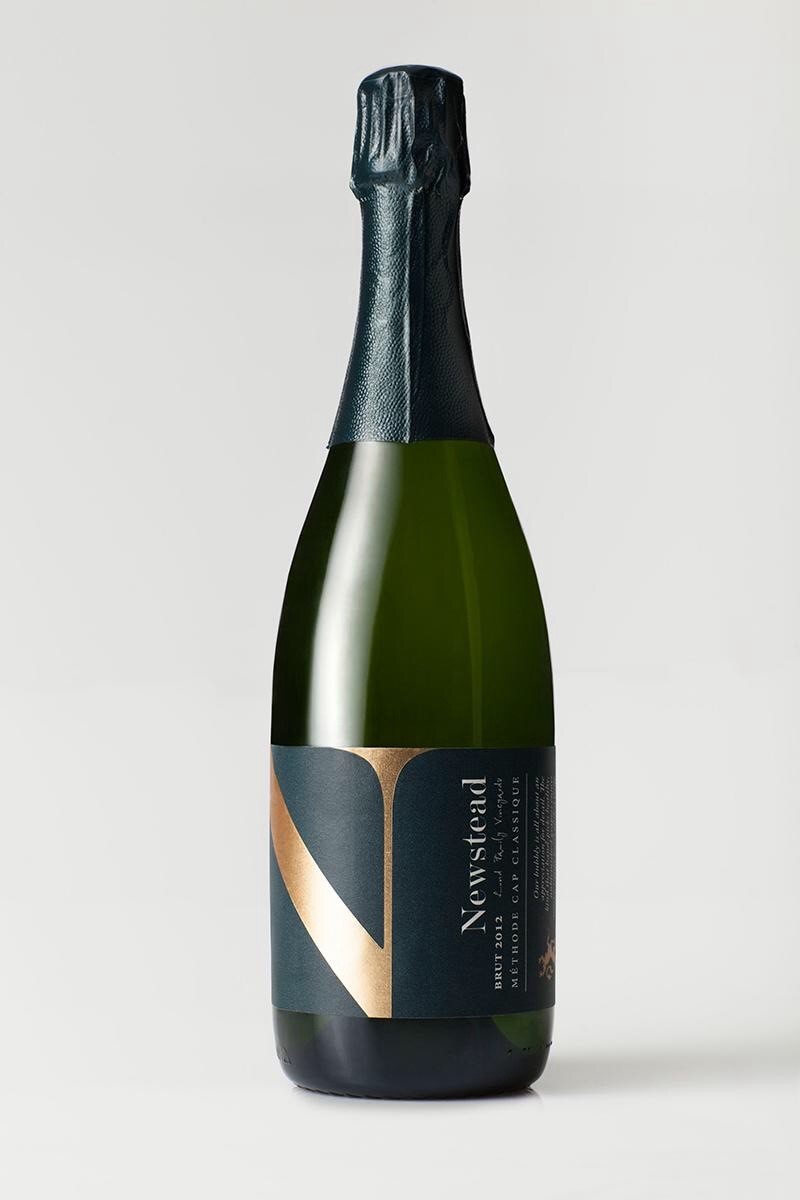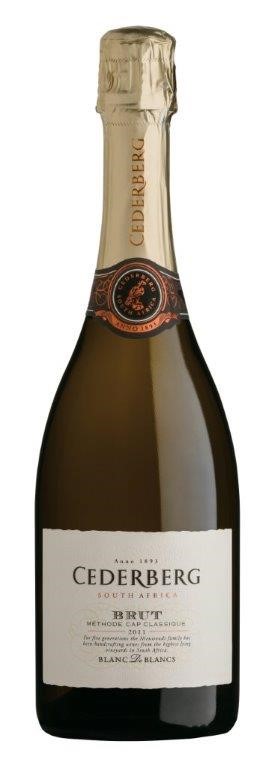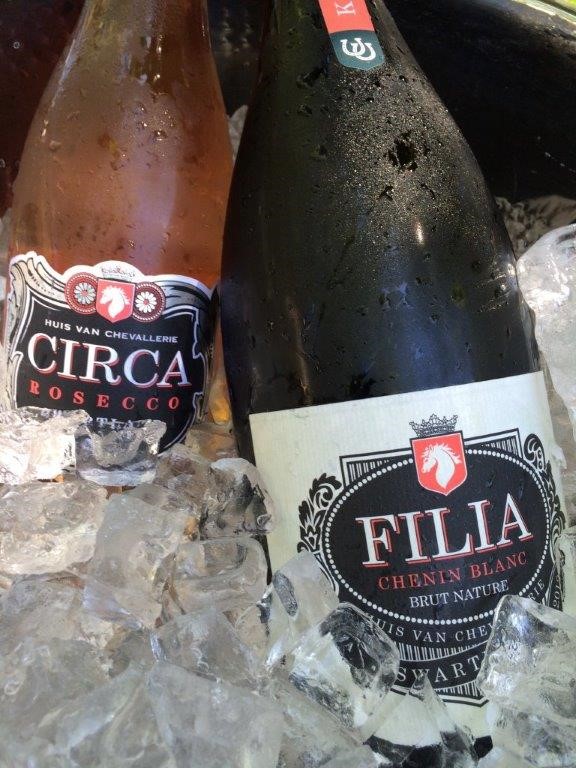BUBBLES FAR AND WIDE
It’s 46 years since the late Frans Malan, owner of Simonsig, made the first commercial sparkling wine in the same method as Champagne, calling it Kaapse Vonkel. Nearly 50 years later the style, since 1992 named Méthode Cap Classique, has proliferated.
The early few who became household names, including Graham Beck, Boschendal, J C le Roux, Villiera as well as Simonsig, form a tight cluster around Paarl and Stellenbosch (Beck is Robertson-based). No longer; since the quota system, which dictated where vines could be planted, was dropped in the early 2000s, new areas have opened up with MCC a very popular addition to many a range.
One area, some 450 kms from Cape Town and better-known as a holiday town, now making a name for smart bubblies, is Plettenberg Bay on the south coast.
‘A cooler ripening period with temperatures averaging 22°C during harvest and naturally very low pH levels, so almost no sulphur needed in MCC,’ is Anton Smal’s reasoning for Plett’s, as it’s affectionately known, suitability for bubbly.
Cellarmaster/consultant to several local wineries, Smal has done much for this young area after leaving Villiera in 2010 (‘to follow the surf’!) where he had gained extensive experience in MCC. Yet to claim regional character in the wines mainly from Sauvignon Blanc and Chardonnay, but also Pinot Noir, Smal says one defining link is ‘the beautiful limey, mouthwatering acids throughout the region’.
Birds and baboons are among nature’s challenges. Wineries such as Newstead Lund Family Vineyards netted their 5 hectares of vineyard to counteract the threat; a worthwhile expense, as both Blanc de Blancs and Rosé MCCs have won awards, as have others in the region. All quickly sell out.

Head 250 kms north of Cape Town and 1000 metres up in the Cederberg, where David Nieuwoudt at Cederberg Private Cellar produces a Blanc de Blancs. ‘Our isolated, virus-free environment delivers healthy grapes, while really cold winters ensure even budding on Chardonnay,’ Nieuwoudt claims, adding; ‘The bubbly is distinguished by high, natural acids and a fresh citrus development.’ He concludes quality MCC requires patience with at least four years on the lees.

Closer to home, Melissa Nelsen produces her Blanc de Blancs, named Genevieve in Bot River. She’s convinced, ‘Older Chardonnay vineyards here produce great flavours without having to work for them in the cellar,’ describing Bot River MCCs as; ‘Characterised by elegance, the flavours balancing well with acidity that’s not overbearing.’
If Bot River rarely receives recognition for bubblies, the Swartland is very well-known for white blends and reds… but MCC fizz? Of course, from Chenin Blanc (very much part of those white blends) and Pinotage. Effervescent herself, Christa von la Chevallerie works from the family farm in the heart of the Paardeberg, where Chenin achieves analyses ‘which firmly screams base wine,’ and the virused Pinotage ripens enough for bubbly but not red wine. Thus the Chenin Filia and Pinotage Rosecco, Circa (a play on Prosecco) were born, both a natural progression from von la Chevallerie’s long association with producing MCC both in South Africa and abroad.

With demand for Cap Classique continuing to outstrip supply, we can expect many more producers to pop up far and wide.
-Angela Lloyd